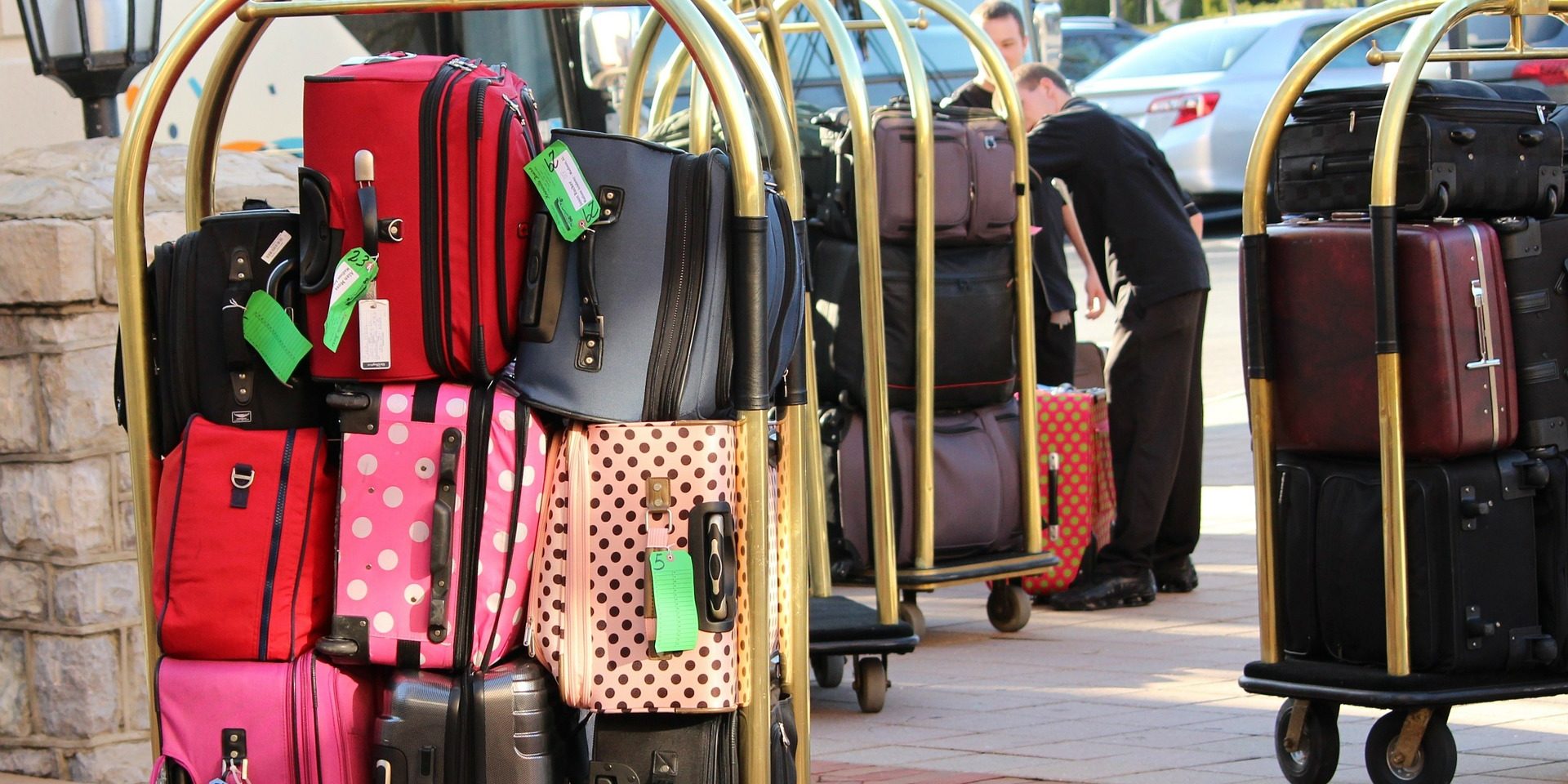By Kaitlin Dunn, Writer, Hospitality Sales & Marketing Association International (HSMAI)
HSMAI’s ROC Americas event is coming up on Sept. 29, with breakout sessions to prepare attendees to fuel their company’s rebound, elevate their leadership and business acumen, anticipate and respond to headwinds, and drive profit throughout the customer journey. In advance of the conference, presenters from the breakout session “Three Things You Can Do Tomorrow to Improve Profit Optimization at Your Property” gave a preview of the issues and what attendees can expect from their session.
In a panel discussion, Soojin Kim, vice president of asset management at Roch Capital Inc.; Alexa Montgomery Krnjaic, vice president of distribution and channel management at RLH Corporation/Sonesta; and Raheel Moolji, CRME, senior director of revenue management at Ashford, will offer tactical steps to increase hotels’ focus on profit optimization instead of just revenue optimization. Here’s what the three presenters had to say about their session:
What is the difference between revenue optimization and profit optimization, and why is it an important distinction?
Soojin Kim: We can’t take revenue to the bank, but we can take profit to the bank (kind of). Once we recognize the difference between revenue and profit, we can strategize what is best for the hotel.
Alexa Montgomery Krnjaic: Revenue optimization is the combination of pricing, yielding, and marketing strategies to maximize revenue capture. Profit optimization combines those things, as well as the true understanding of cost per acquisition, other ancillary costs, marketing ROI, and delivering to your bottom line. Profit optimization is the long-term strategy, while revenue optimization delivers short-term impact.
Raheel Moolji: Revenue optimization fundamentals are based on selling the most rooms at the highest rate each day. This does not factor the cost associated with acquiring these rooms and the potential ancillary spend that these rooms may generate. As demand continues to recover from pandemic lows, it’s critical to understand the cost of selling a room to have the most profitable mix of business at your hotels.
What can attendees expect from your session or what’s the number one thing you want audiences to get out of your session?
Kim: Attendees can expect to explore “below topline” during the session — how topline revenue flows to bottom-line and what attendees can do to help it.
Montgomery Krnjaic: Understanding your total costs of doing business (cost of acquisition, including marketing spend) is the foundation for driving the most profitable mix and revenue for your owners. It is your responsibility to understand this in its entirety.
Moolji: Revenue professionals should not look at their roles only to optimize room revenue, but all streams of revenue at their hotels.
Is there anything else you’d like to share ahead of your session?
Kim: Read your STR and P&L!
Montgomery Krnjaic: There may be months when your marketing budget is cut due to unforeseen circumstances; don’t underestimate the power of all channels or close any doors. You can by all means drive your own demand by nurturing all channels and relationships in times of need. If you are getting too much business from one channel, consider yielding up, controlling restrictions instead of turning off channels.
Moolji: Having alignment on topline outcome between owner and operator is critical. Hotels are still running lower than their historic occupancy levels, and owners continue to feel the pressure of increasing costs to operate. Communicate frequently to remain aligned on what the path to success looks like.
ROC Americas is part of HSMAI’s Commercial Strategy Week in Dallas on Sept. 27–30, 2021. Learn more.



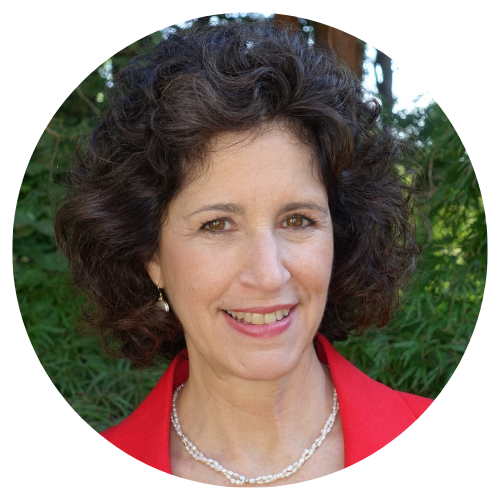 ‘It was creating systems that had never existed before, and it was not something I ever thought I would do.’
‘It was creating systems that had never existed before, and it was not something I ever thought I would do.’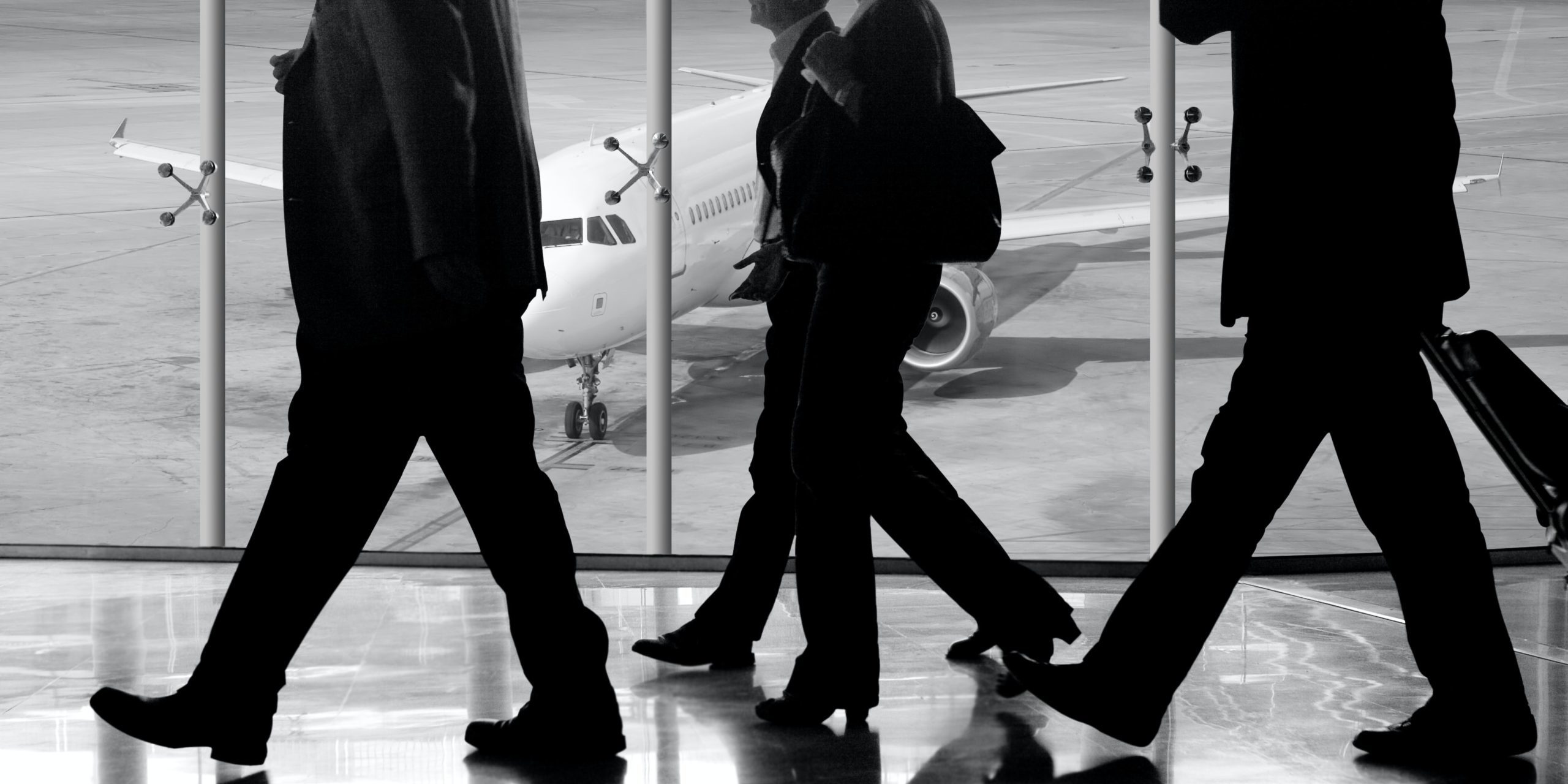
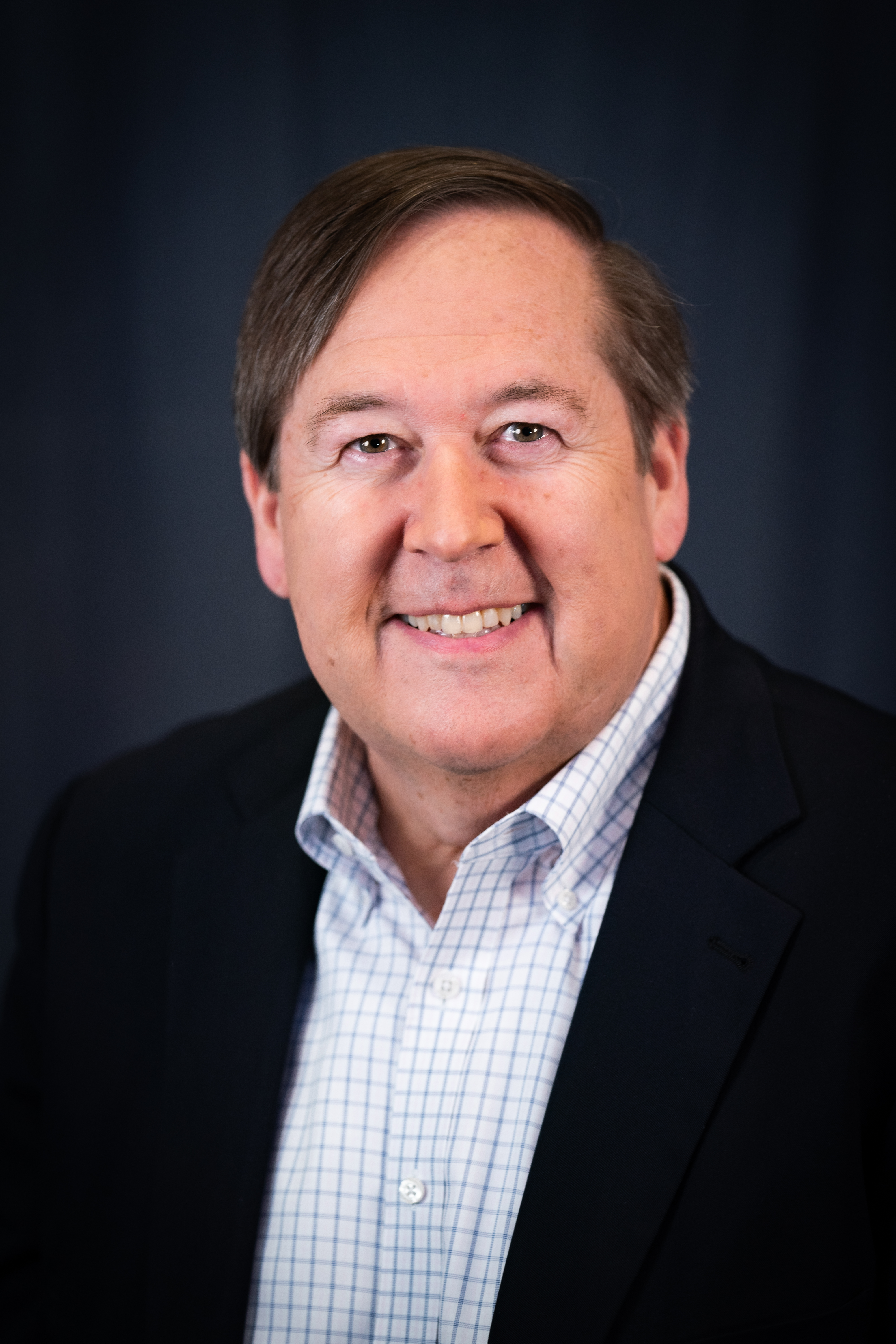 By Robert A. Gilbert, CHME, CHBA, President and CEO, Hospitality Sales & Marketing Association International (HSMAI)
By Robert A. Gilbert, CHME, CHBA, President and CEO, Hospitality Sales & Marketing Association International (HSMAI)


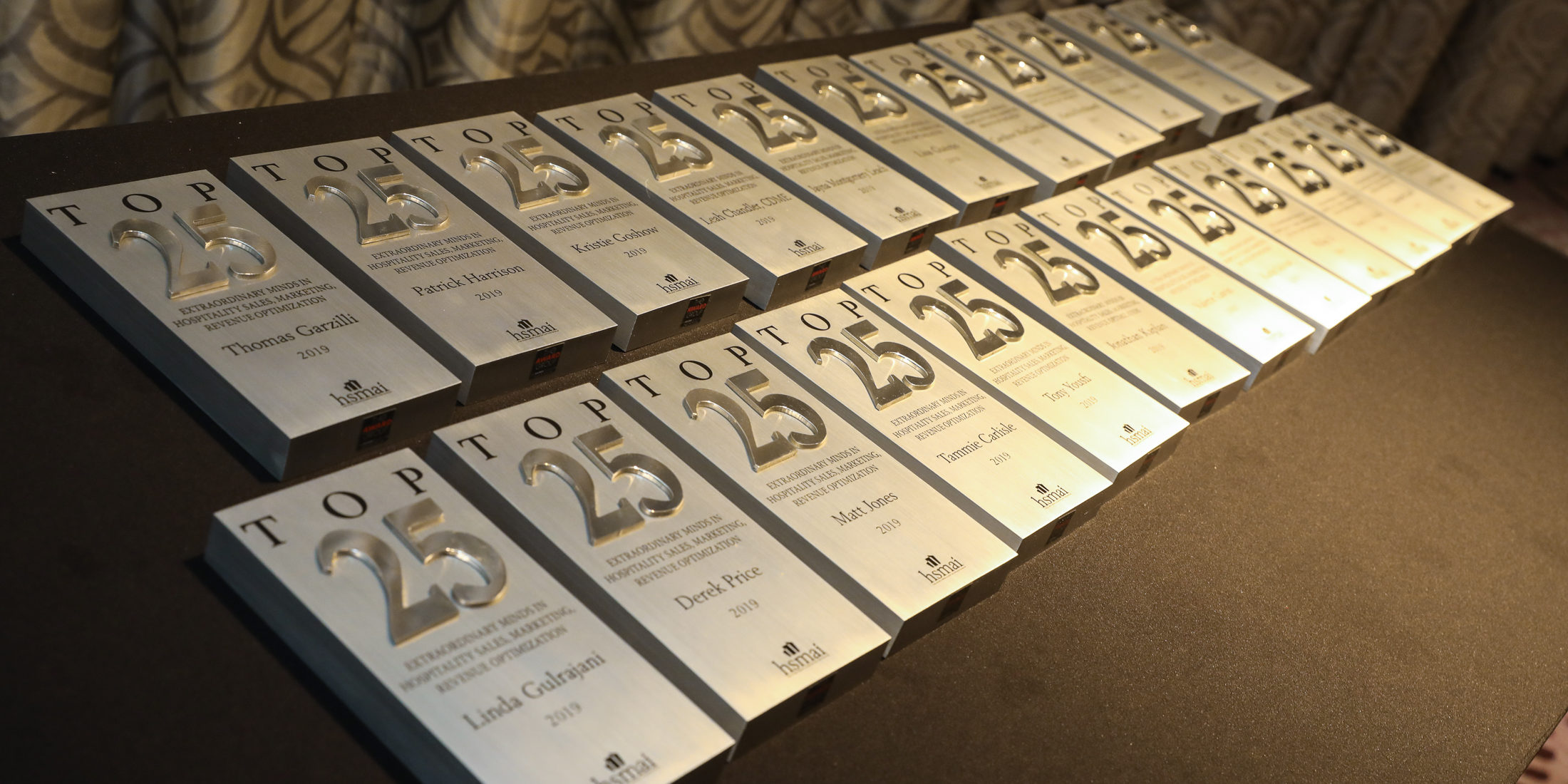
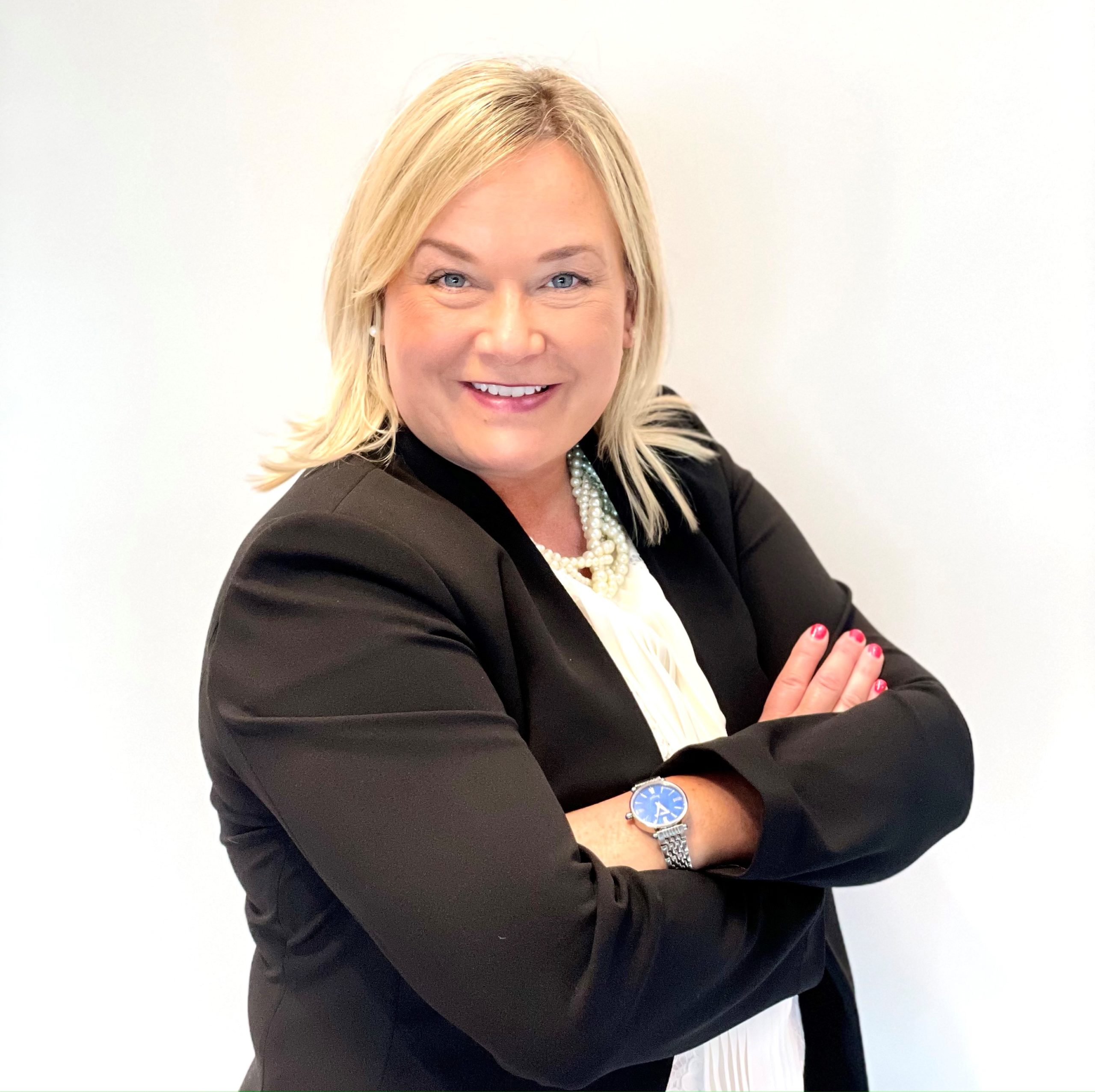 HSMAI recently honored the 2020
HSMAI recently honored the 2020 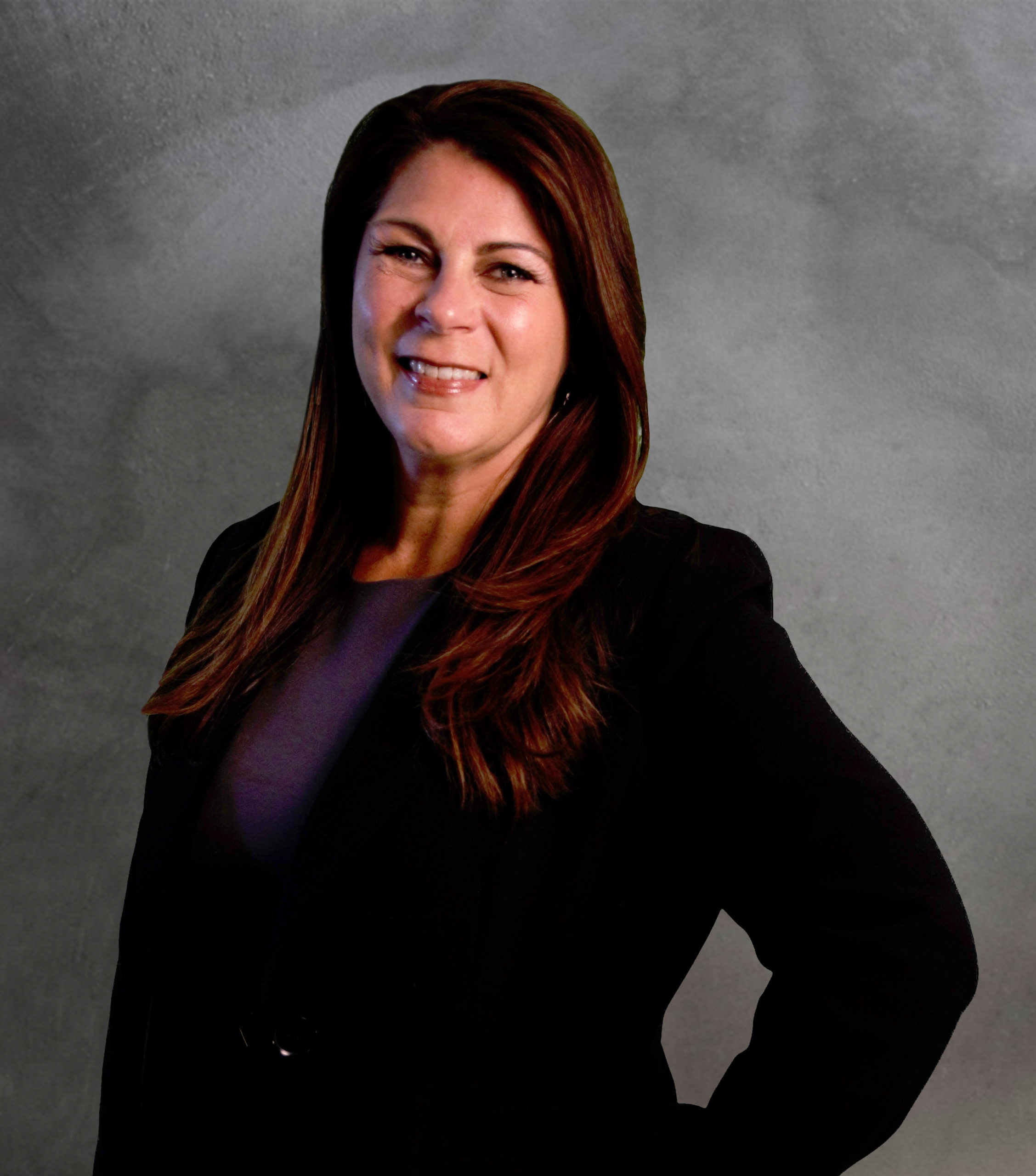 HSMAI recently honored the 2020
HSMAI recently honored the 2020 